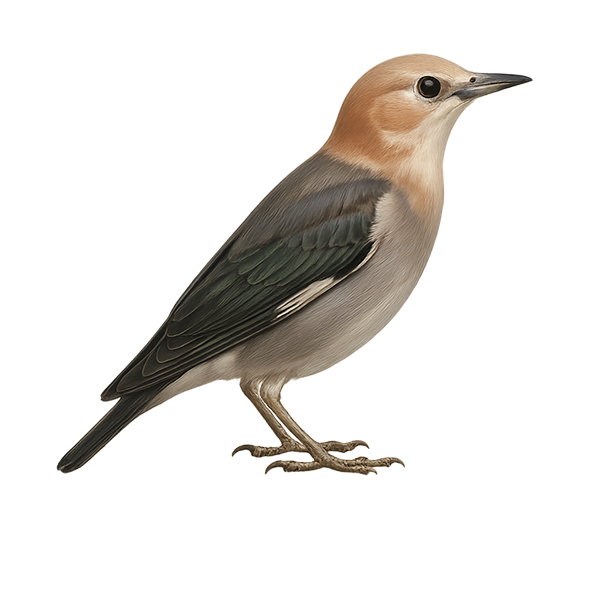Your wildlife photography guide.
Explore the chestnut-cheeked starling in detail, study its behavior, prepare your shots.
Where to observe and photograph the chestnut-cheeked starling in the wild
Learn where and when to spot the chestnut-cheeked starling in the wild, how to identify the species based on distinctive features, and what natural environments it inhabits. The WildlifePhotographer app offers tailored photography tips that reflect the chestnut-cheeked starling’s behavior, helping you capture better wildlife images. Explore the full species profile for key information including description, habitat, active periods, and approach techniques.
Chestnut-cheeked Starling
Scientific name: Agropsar philippensis

IUCN Status: Least Concern
Family: STURNIDAE
Group: Birds
Sensitivity to human approach: Suspicious
Minimum approach distance: 10 m
Courtship display: April to June
Incubation: 13-15 jours
Hatchings: May to June
Habitat:
Tropical forests, agricultural areas, gardens
Activity period :
Primarily active during the day, with peak activity in the morning and late afternoon.
Identification and description:
The Chestnut-cheeked Starling, scientifically known as Agropsar philippensis, is a medium-sized bird belonging to the Sturnidae family. It is easily identifiable by its silvery-grey plumage and distinctive chestnut cheeks. This bird is primarily arboreal, feeding on fruits, insects, and nectar. It inhabits tropical and subtropical forests, as well as agricultural areas and gardens. Known for its varied and melodious vocalizations, the Chestnut-cheeked Starling is currently classified as "Least Concern" by the IUCN, although deforestation and habitat loss pose potential threats. This sociable bird is often seen in small flocks.
Recommended lens:
400 mm – adjust based on distance, desired framing (portrait or habitat), and approach conditions.
Photography tips:
When photographing the Sturnia philippensis, it is advisable to use a 400mm lens or longer to capture the intricate details of its distinctive plumage. Look for this bird in tropical forests or gardens, where it is often active during the day. Be patient and discreet, as it can be suspicious. Use a fast shutter speed to freeze its quick movements and try to capture its social behaviors in groups.
The WildlifePhotographer App is coming soon!
Be the first to explore the best nature spots, track rutting seasons, log your observations, and observe more wildlife.
Already 1 439 wildlife lovers subscribed worldwide

